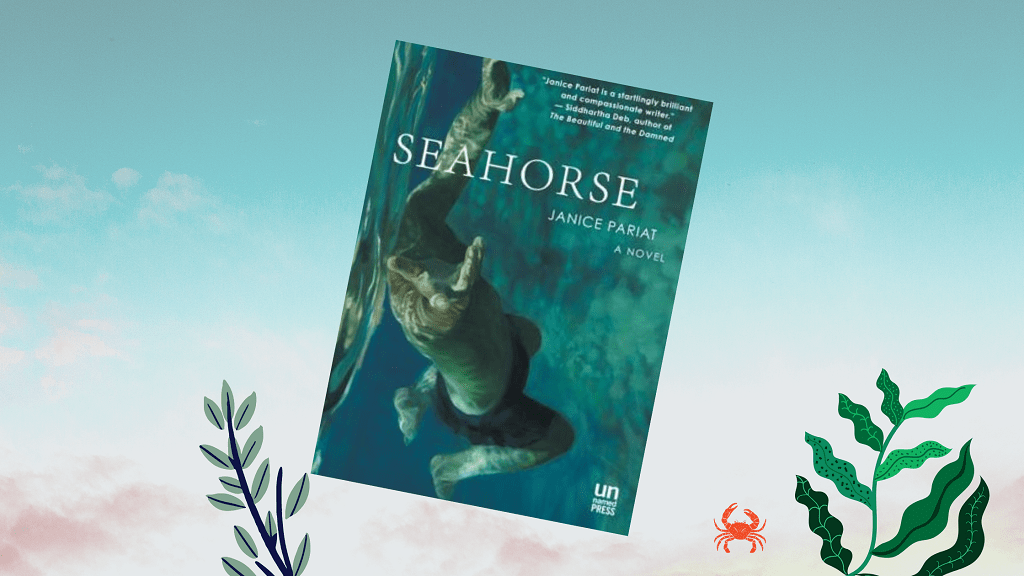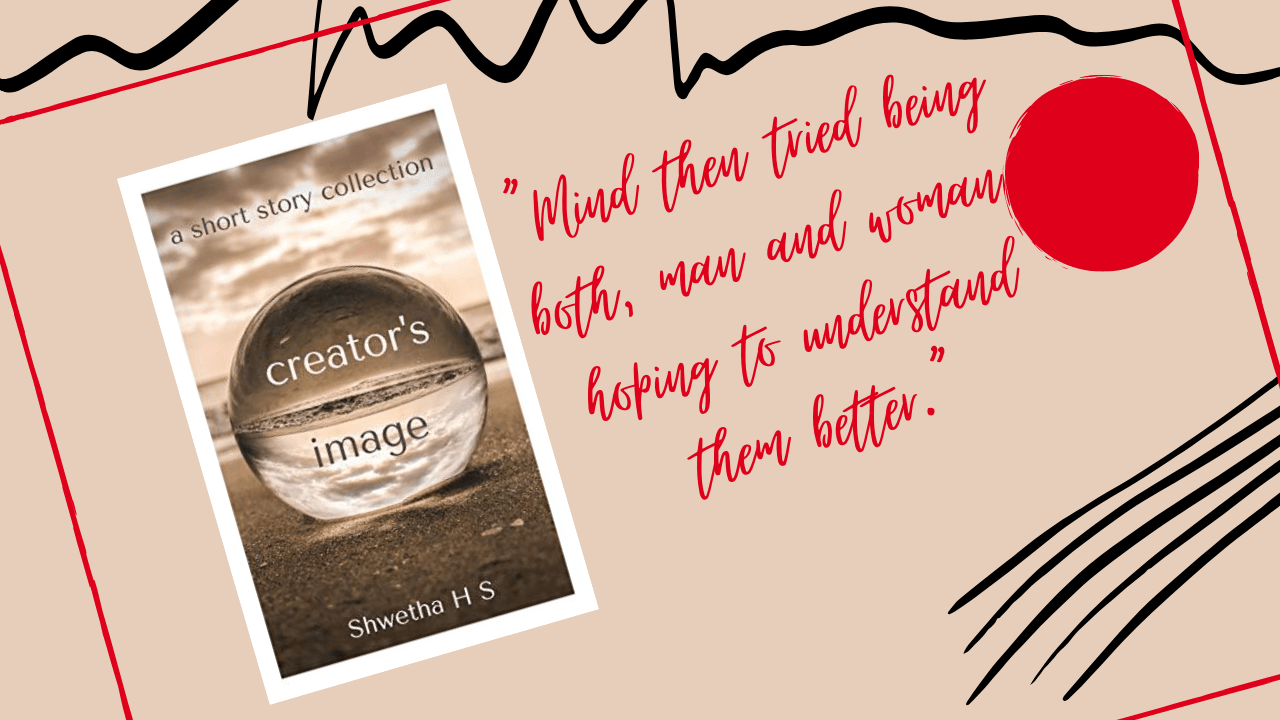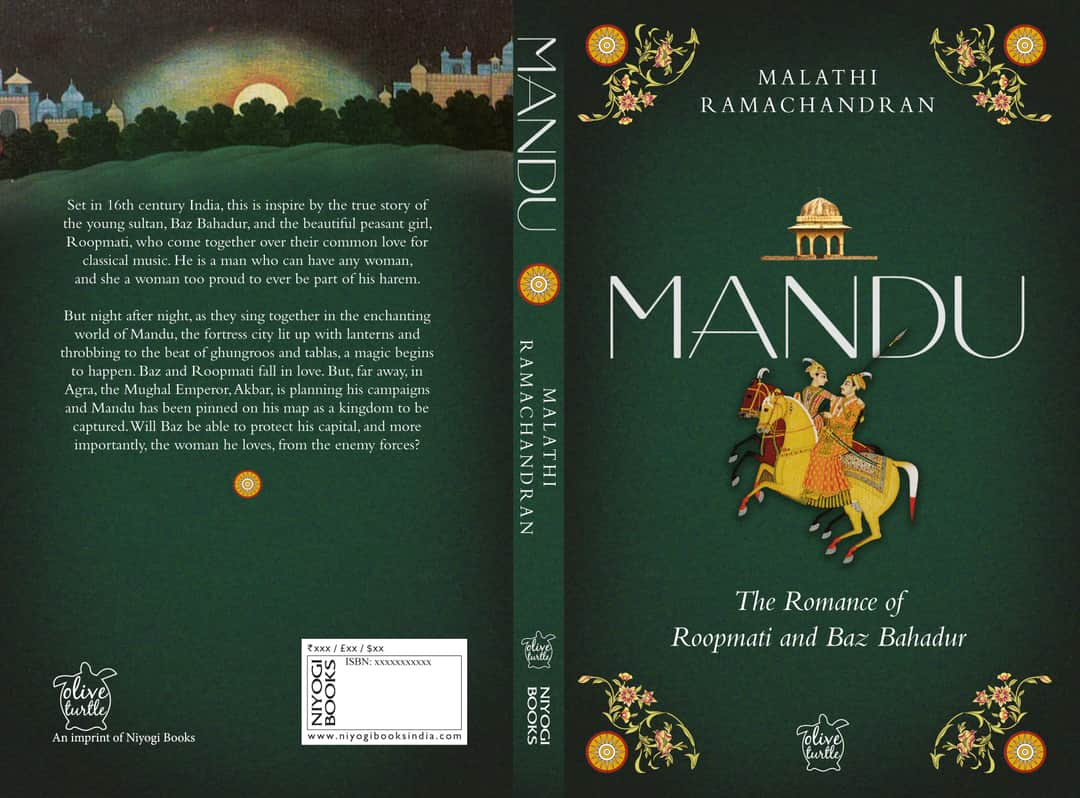“That’s so filmi,” I’ve often remarked on being told about an especially thrilling romantic experience. In India, romance can feel synonymous with film. Much of our imagination and enactment of love comes from the movies. Mainstream Hindi cinema, in particular, strongly influences how we express love, construct fantasies, and our expectations from romantic trysts. This comes from no little effort on its part. A romantic plot feels requisite for most Hindi cinema: songs and subplots are shoehorned into all kinds of movies. And so a hero with outstretched arms, a woman bumping into a love interest and dropping a sheaf of papers that fly everywhere, or yearning eyes meeting across a crowded room, become visual shorthands for love itself.
This is why, when it comes to cultural depictions of romance in India, we rarely think of literature, specifically Indian writing in English. After all, no romantic story I’ve ever heard has elicited the response, “that’s so contemporary Indian novel in English!” Contradictory to global literary trends–Mills and Boons, Harlequin romances, Fifty Shades of Grey–romance novels in India are relatively unestablished, especially those written by women. This is a genre that tends to draw criticisms that are both gendered and elitist, perhaps dissuading female authors from pursuing it: postcolonial literary studies, for instance, has never quite known what to do with popular literature.
In this context, reading Anuja Chauhan’s Those Pricey Thakur Girls was a strong reminder of what the novel part of a romance novel can give us, especially when written by a woman. The novel has been a wildly successful genre for romance because of the interiority it affords its characters. Knowing what the characters are thinking and being told precisely what they are feeling is a powerful addition to a genre that thrives on appealing to imaginations. So when Dylan Singh Shekawat meets Debjani Thakur for the first time, the author is able to give us a sense of exactly how he is affected: “the last rays of the setting sun hit her face and he discovers that her thickly lashed eyes are the exact colour and shape as Pears soap.” These glimpses into Dylan’s thoughts are powerful because they articulate how desire feels for him, and conversely, what it is to be desired by him.
As Emily Davis points out in Rethinking the Romance Genre, for critics, the genres of romance and political writing, the private and the public, have often been seen as mutually exclusive. This, of course, amounts to both a denial of female perspectives, and the tensions and structural fissures the process of love demonstrates. Also, yet romance is deeply contextual, both in terms of function and effect. Like many Indian women, I grew up on a diet of Pride and Prejudice and Wuthering Heights. These books continue to resonate emotionally, but romance provides a space–especially for women–to reimagine and consider dynamics of gender and sexuality, and there is something to be said for love rooted in our specific context, that Pemberley and Lockwood cannot provide.
Though romance is perceived as primarily character-driven, much of its strength comes from its focus on the atmosphere and setting. An Indian romance novel, therefore, doesn’t necessarily entail only a romance featuring Indian characters, and Those Pricey Thakur Girls delights in its own setting. One of the jokes running through the book is Justice Laxmi Narayan Thakur’s obsession with what alphabets portend. So when D-for-Debjani meets D-for-Dylan, readers know what to expect. However, this is a story in which the city is the protagonist, its people, trees, dogs, and localities meticulously sketched out. It’s hard to miss: D for Delhi.
Moreover, Delhi offers a lot. The Emergency looms over the story, set a year after the Anti-Sikh pogrom incited and enabled by a politician Dylan, a journalist, sets out to expose. The central ideological tension between Dylan and Debjani is their respective attitudes towards the role of media during times of political conflict. The resolution of the romantic plot entails a realisation on Debjani’s part about her own complicity in furthering proto-fake news as the anchor of a channel modelled on Doordarshan. Though the book features characters who are upper-caste and upper-class, Chauhan’s engagement with this context and its centrality to her plot shows that the romance–mostly associated with escapist pleasure and accused of enabling political apathy–can be a narrative vehicle for political expression.
Chauhan also mines hilarity from the lives of her characters, using an idiom of writing that is imbued in local contexts, drawing on movies, Hinglish, and popular culture. Dylan’s wooing is rudely interrupted by Debjani’s brother Gulgul, upset about being cheated of a belly-button viewing in a song and Debjani, “by the grace of god”, has a meeting with a self-obsessed prospective suitor. In one of my favourite lines, Debjani accuses Dylan of dipping his proboscis into multiple flowers: the characters Chauhan creates are clearly catering to a female perspective. While much has been made of Dylan Singh Shekhawat, now the gold standard for romantic heroes, Chauhan’s characterisation of Debjani is equally interesting. Her narrative arc depicts her struggles to differentiate herself from her sisters, build her own life, find a career that appeals to her, and come into her own, makes. Everything that makes Debjani attractive–her commitment to bravery and kindness, her affinity for those in hard luck, and her signature way of dressing–ignores the conventional male gaze.
In Those Pricey Thakur Girls, Chuhan creates a template for romantic imagination. The chaotic denouement, featuring the reunion of Dylan and Debjani, a family gathering, and a chachi possessed by the ghost of her mother-in-law, shows that love and reason might keep little company together nowadays, but love and community-building do.












